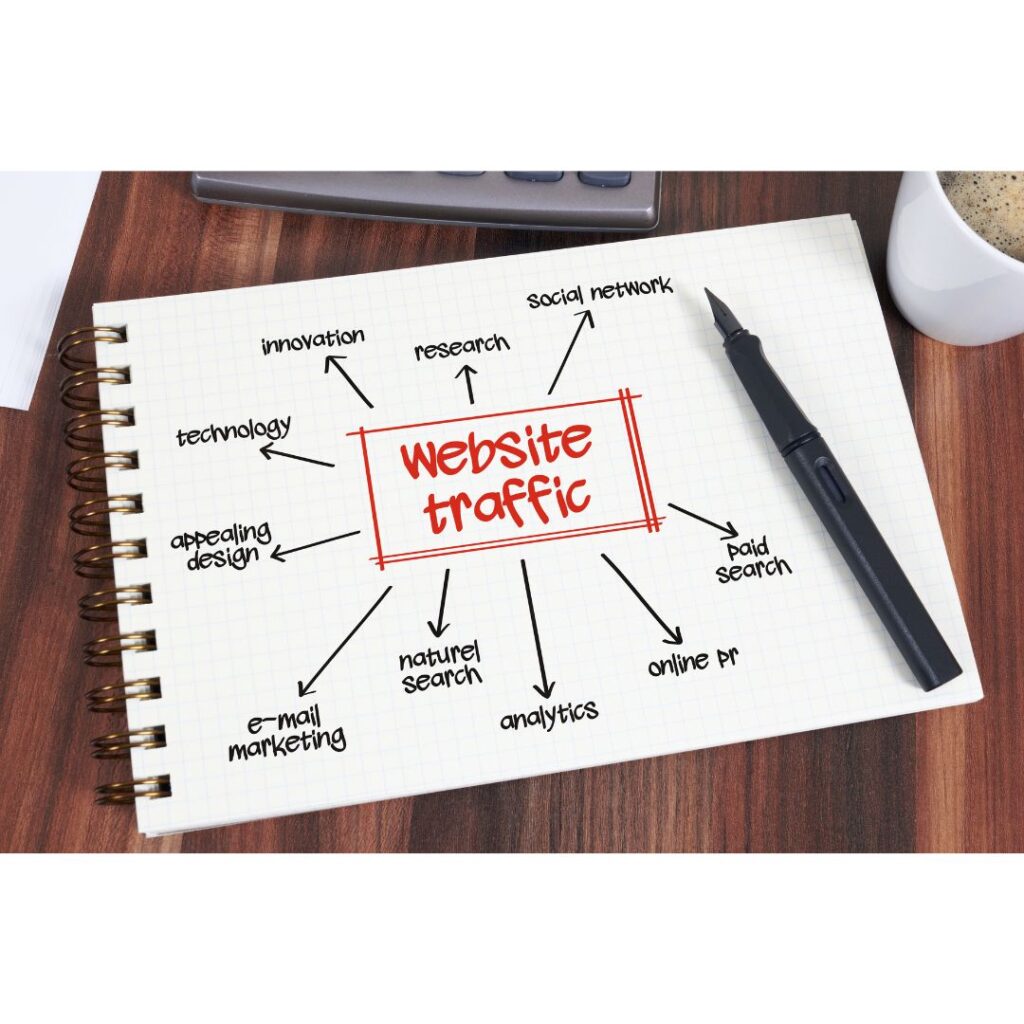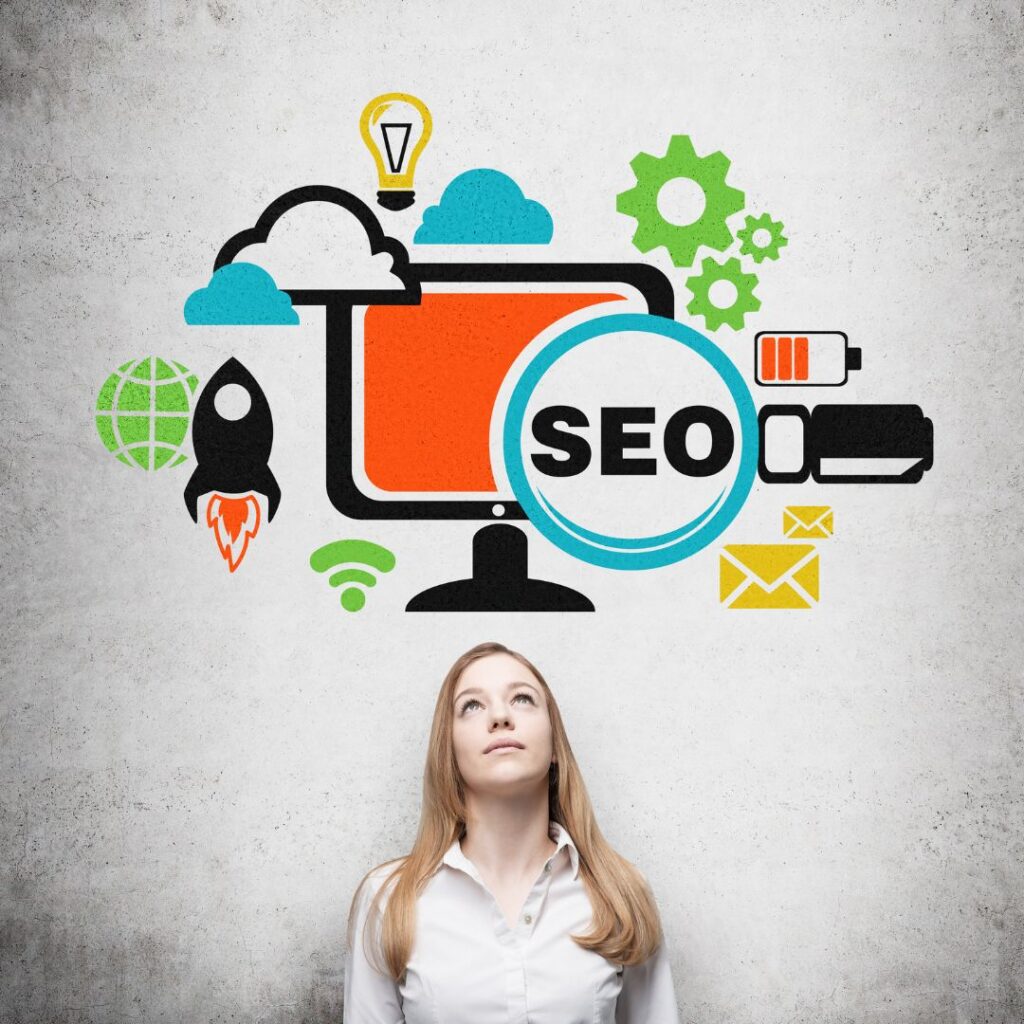Paid Ads vs Organic Traffic: Which is Better for Your Business?
In the world of digital marketing, one question continues to stir debate: Should businesses focus on paid ads or organic traffic for growth? The answer isn’t as straightforward as it may seem—it depends on your business goals, budget, timeline, and industry. Understanding the differences, benefits, and limitations of both strategies is crucial for making informed decisions. In this article, we’ll dive deep into paid advertising and organic traffic, evaluating their effectiveness, cost-efficiency, and long-term value—empowering you to choose the right approach for your business. What Is Paid Advertising? Paid advertising refers to any form of online promotion where you pay to show your content to a targeted audience. Popular platforms include: Google Ads Meta Ads (Facebook & Instagram) LinkedIn Ads YouTube Ads X (formerly Twitter) Ads Display and programmatic advertising These platforms allow you to target users based on demographics, behaviors, search queries, and more. Key Features of Paid Advertising: Immediate visibility Audience targeting capabilities Performance tracking (CPC, CPA, ROAS) A/B testing for optimization What Is Organic Traffic? Organic traffic refers to visitors who land on your website through unpaid means, primarily via search engines like Google, Bing, or Yahoo. It’s driven by Search Engine Optimization (SEO), content marketing, social media presence, backlinks, and brand authority. Common Organic Traffic Sources: Google Search Bing Search YouTube Search (as part of video SEO) Social media (non-paid posts) Referrals from other websites Key Features of Organic Traffic: Sustainable long-term results Increased brand credibility Cost-effective over time Higher trust from users Pros and Cons of Paid Ads ✅ Advantages of Paid Ads Fast Results Paid ads deliver instant visibility, perfect for product launches, promotions, or driving immediate leads. Precision Targeting Advertisers can target users based on intent, behavior, demographics, and interests. Scalability Once an ad campaign is performing well, scaling it is as simple as increasing the budget. Measurable ROI Clear analytics on impressions, clicks, conversions, and return on ad spend (ROAS) give businesses control over performance. Customizable Messaging A/B testing enables fine-tuning ad copy, visuals, and calls-to-action (CTAs) for better performance. ❌ Disadvantages of Paid Ads Ongoing Costs Once you stop paying, your traffic disappears. It’s like renting visibility. Ad Fatigue Audiences can become desensitized to repeated ads, resulting in declining performance over time. Competitive & Expensive In saturated markets, costs per click (CPC) can be extremely high, reducing ROI. Trust Issues Many users skip or ignore ads. In fact, studies show over 70% of users prefer to click organic results over ads. Pros and Cons of Organic Traffic ✅ Advantages of Organic Traffic Long-Term Value SEO efforts build over time, and high-ranking pages can generate consistent traffic for months or years. Higher Credibility Users often trust organic listings more than ads, making them more likely to engage and convert. Cost Efficiency While SEO and content creation have upfront costs, they typically result in a lower long-term customer acquisition cost (CAC). Broader Reach Organic content can rank for a variety of keywords and reach audiences at multiple stages of the buyer’s journey. Supports Brand Authority High-quality content and backlinks boost your site’s domain authority and credibility in your niche. ❌ Disadvantages of Organic Traffic Slow Results SEO takes time. It can take 3–6 months or more to see noticeable improvements. Algorithm Dependence Google algorithm updates can impact your rankings overnight, affecting traffic unpredictably. Requires Continuous Effort Even organic success needs maintenance: content updates, backlink monitoring, and technical SEO. Limited Control Unlike ads, you can’t pay for the top spot—you must earn it through relevance, authority, and content quality. Use Cases: When to Use Paid Ads vs Organic Traffic Scenario Best Strategy Why New product launch Paid Ads Immediate visibility needed Limited marketing budget Organic SEO Cost-effective in the long term Seasonal promotion or sale Paid Ads Quick ROI and time-sensitive campaign Brand building Organic SEO Enhances trust and authority Entering a competitive market Combined Organic takes time; ads provide early traction Content-heavy business (e.g., blog, SaaS) Organic SEO Leverage thought leadership and informational content High LTV product or service Combined Worth investing in both paid and organic for long-term payoff Combining Paid Ads and Organic Traffic: A Holistic Approach The most effective digital marketing strategies often use both paid and organic tactics in tandem. Here’s how: 1. Use Paid Ads to Test Content Ideas If you’re unsure which topics or messaging resonates with your audience, run paid ads to test headlines and copy. Use the winners to guide your long-form organic content strategy. 2. Retarget Organic Visitors Use paid retargeting ads to bring back users who visited your site organically but didn’t convert. This is one of the highest ROI strategies in digital marketing. 3. Boost High-Performing Organic Posts If you have organic content that performs well, amplify it with paid promotion. This can accelerate reach and backlinks. 4. Dominate SERPs With a top-ranking organic result and a paid ad, your brand can occupy multiple positions on the search engine results page (SERP), increasing click-through rates and brand recognition. Metrics to Compare: Paid vs Organic To measure the success of each channel, consider these KPIs: Metric Paid Ads Organic Traffic Cost per click (CPC) High None Time to results Immediate 3–6 months or more Click-through rate (CTR) ~2-5% ~30-40% for top positions Conversion rate Typically higher for intent-driven ads High for informational queries, if nurtured Long-term cost High (ongoing) Low (after initial investment) Trust level Moderate High Scalability Easy to scale with budget Slower scale, requires consistent effort Final Verdict: Which Is Better for Your Business? There is no one-size-fits-all answer. The choice between paid ads and organic traffic should be driven by your: Business objectives Budget constraints Timeline for results Industry competitiveness Choose Paid Ads If You: Need quick results Are testing a new product or market Have a healthy marketing budget Run time-sensitive promotions Choose Organic Traffic If You: Want sustainable growth Are building long-term brand authority Have limited ad budget Offer content-rich, educational services Choose Both If You: Want to dominate your niche Are in a highly competitive industry
Paid Ads vs Organic Traffic: Which is Better for Your Business? Read More »


